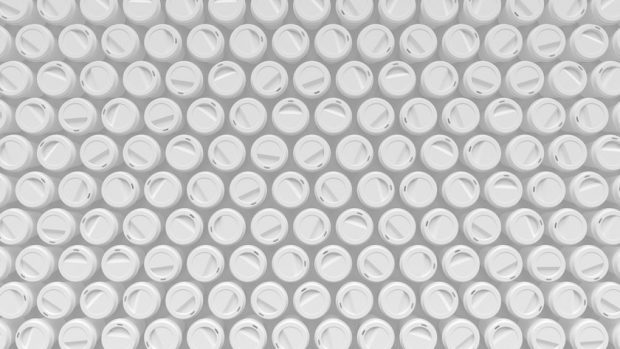The nation is reconsidering its use of disposable coffee cups, as MPs call for a levy and popular chains introduce incentives to curb our addiction to plastic-lined one-use cups.
The UK uses 2.5 billion one-use cups every year, making them the third most common litter type, according to the Commons Environmental Audit Committee.
Disposable coffee cups and other beverage containers are the third most common litter type in the UK. Read our full report on #CoffeeCups here: https://t.co/X72DWMDxoV pic.twitter.com/zCw9X0p49b
— Environmental Audit Committee (@CommonsEAC) January 5, 2018
What’s wrong with disposable coffee cups and what are the alternatives?
According to Friends Of The Earth, fewer than one in 400 coffee cups is recycled in the UK. This is because of the polyethylene coating inside the cups that sticks to the paper part to stop it going soggy.
Curtailing people’s takeaway hot drink habit seems an unlikely project, and one which wouldn’t be great for the economy, but there are ways of enjoying coffee other than in cups which are harmful to the environment.
Reusable cups are on the up, thanks to a number of campaigns centred around making the public aware that disposable coffee cups are in general not easily recyclable.
Australian business KeepCup, which has been designing reusable cups suitable for baristas to use since 2009, reported its global business had doubled last year, selling over a quarter of a million KeepCups in the run-up to Christmas in the UK.
Warming up with a perfect @CaravanRoastery latte in a supercool LongPlay @KeepCup. Delicious and saving the planet a little, fabulous! pic.twitter.com/HtMRfcvCz0
— The Rookery Café (@RookeryTweets) October 5, 2017
Some of the cafes KeepCup supplies in Australia have reached 30% of coffee sales using reusable cups, a trend it hopes to repeat in the UK.
“We have real life case studies of how growth can occur, and that’s not through levies,” said Chris Baker, KeepCup’s general manager in the UK. “There’s not tax on coffee cups in Australia.
“A lot of it comes down to positive reinforcement at the checkout itself and normalising reuse, which is one of the things that we’re missing here [in the UK].”
KeepCup has calculated that if all UK outlets using disposable cups could reach 30% reuse rates, approximately 750 million disposable cups would be diverted from landfill every year.
Legislation or market forces – which is the answer?
This week, MPs on the Environmental Audit Committee called on the Government to introduce a 25p charge on disposable cups on top of the price of a coffee, with the money raised used to improve the UK’s reprocessing facilities and “binfrastructure” to ensure cups and other food and drink packaging is recycled.
All disposable coffee cups should be recycled by 2023, and they should be banned if the target is not met, the Environmental Audit Committee said.
Good news: @Pret will increase the discount for bringing a reusable cup to 50p in January. Thanks for your views. https://t.co/wtVwzoPe3U
— Clive Schlee (@Cliveschlee) December 6, 2017
Many companies aren’t waiting for the Government to step up and legislate. This week, McDonald’s-owned coffee chain Pret a Manger declared every customer who brought in a reusable cup would receive 50p off their drink.
US chain Starbucks began discounts for reusable cups back in 1998 at 10p, rising to 25p in 2008. In 2016 the company raised the discount to 50p temporarily, but says it “did not move the needle in the way we thought it might”.
The brand will trial a 5p per cup charge in 20-25 London stores, staring in February, in an effort to raise this percentage.
Mike Childs, head of science at Friends of the Earth, said: “Even better than a consumer coffee cup charge would be a refundable and returnable deposit scheme.
“It would mean that there was an incentive to take a cup back to any coffee shop rather than chuck it in the bin, and it’s companies that would rightly bear the burden.”










